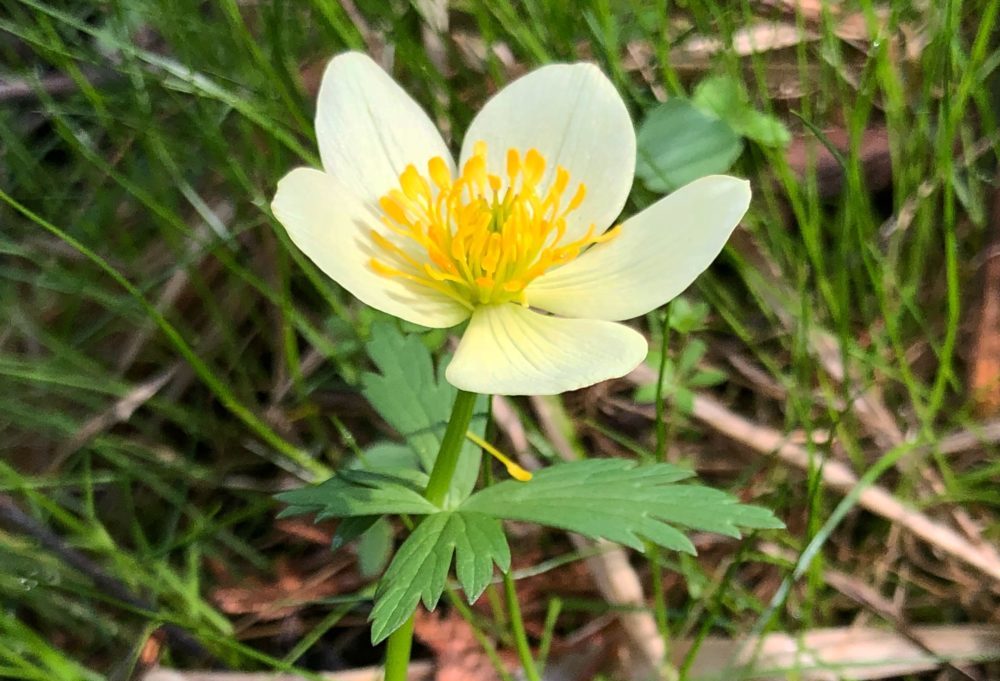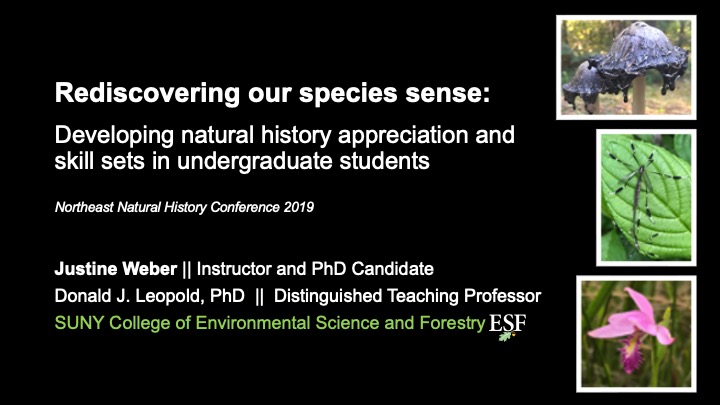Applied Conservation Research
My current research focuses on plant ecology and conservation, but I am a broadly trained biologist with research interests in organismal biology and ecology across taxa. In addition, I am especially interested in the intersection of traditional natural history, modern conservation technology (e.g., nature apps), and education. How do we best connect students and the public to the scientific method and applied conservation?
Conservation Science

Houghton's goldenrod (Solidago houghtonii)
Houghton's goldenrod is a narrow endemic found in calcareous habitats such as marl fens, dune systems, and shoreline alvars in the Great Lakes Region. It is state-protected in both Michigan and New York, and federally listed as threatened. My doctoral dissertation summarizes a collaborative project with the US Fish and Wildlife Service to evaluate HOGO's range wide stability. A publication on part of this work is in press at Native Plants Journal.
p.s. It's sometimes referred to as Oligoneuron houghtonii.

Spreading globeflower (Trollius laxus)
Spreading globeflower is a globally rare and declining member of Ranunculaceae that occurs in open and forested fens.
I'm working with Dr. Sara Scanga to update and analyze Trollius population data from Nelson Swamp Unique Area in Nelson, NY.

Conservation agriculture
Several carabid beetle species that occur in agricultural systems eat weed seeds, a cost-saving ecosystem service that may be disrupted by intense tillage practices.
I worked with Dr. Jeffrey Law to test the effects of no-till conventional agriculture, organic agriculture, and an integrated shallow till-minimal herbicide system on granivorous soil invertebrate communities. A publication from this work is in press at Basic and Applied Ecology.
Natural History and The Scientific Method

Developing observation and description skills
Natural history is the foundation of all life science and observation and description skills form the core of the modern scientific method; but these skills face diminished signficance in academia and society. I intiated commentary on this phenomenon at ESF, provided examples of how to integrate and emphasize these skills in college courses in various talks, and look forward to integrating this into my future research program.

Using observation to develop testable hypotheses
Keen observations are key in building thoughtful, testable hypotheses. I used traditional field natural history journals to encourage my Hamilton College Wetland Ecology students to use their observation and description skills to launch themselves into the scientific method and test robust hypotheses.